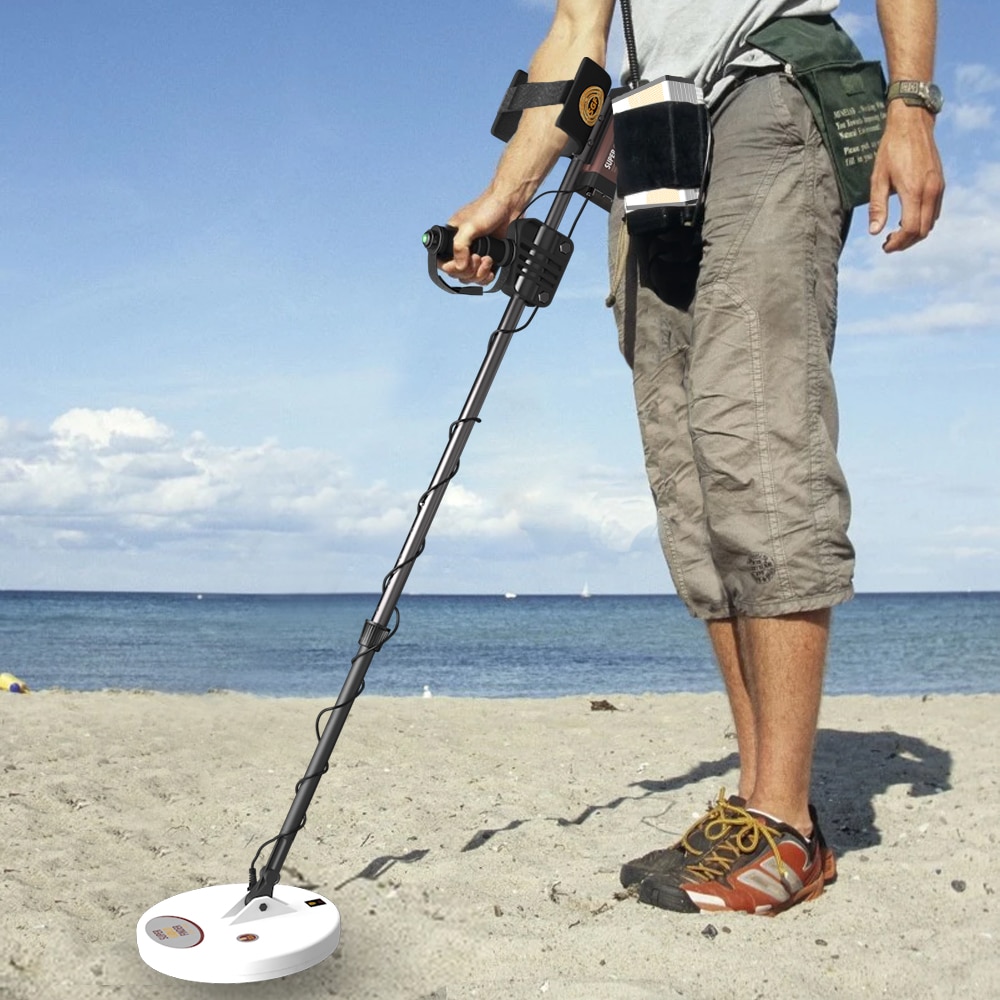Industrial Automatic Packing Line: Revolutionizing Packaging Automation
In the fast-paced world of manufacturing and production, efficiency is key. The need to streamline processes and maximize productivity is a driving force behind the automation revolution. One particular area that has seen significant advancements is industrial packaging automation. With the introduction of the Industrial Automatic Packing Line, manufacturers are now able to pack and ship products at an unprecedented rate, while minimizing the risk of human error and ensuring consistent quality control.
The Industrial Automatic Packing Line is a game-changer in the world of packaging automation. Designed to handle a wide range of products, from food and beverages to pharmaceuticals and electronics, this revolutionary system has completely transformed the way goods are packaged and prepared for shipment. With its sleek design and advanced technology, it is no wonder that this machinery has become the gold standard for efficient and cost-effective packaging.
One of the key features of the Industrial Automatic Packing Line is its ability to handle various types of industrial packaging automation. Whether it is secondary, tertiary, or end-of-line automation packaging, this system can do it all. Secondary packaging involves putting multiple products into one package, such as putting cans into a case. Tertiary packaging, on the other hand, involves packaging multiple cases onto a pallet. Lastly, end-of-line automation packaging involves preparing the final packaged product for shipment.
The beauty of the Industrial Automatic Packing Line lies in its simplicity. Through a series of conveyors, sensors, and robotic arms, products are swiftly and accurately moved through the packing process. The conveyors transport the products from one station to the next, while the sensors ensure that everything is in the right place at the right time. The robotic arms, which are programmed to perform specific tasks, take care of the packaging and sealing process. This seamless integration of technology and machinery has greatly improved the speed and efficiency of the packaging process.
With the Industrial Automatic Packing Line, manufacturers no longer have to rely on manual labor for their packaging needs. This not only reduces labor costs but also eliminates the risk of human error. The constant precision and accuracy of the machinery ensure that each package is sealed correctly and that the right products are being packed. This level of quality control is crucial, especially for industries that deal with high-value or delicate items.
In addition to being highly efficient, the Industrial Automatic Packing Line is also a cost-effective solution for businesses. By automating the packaging process, manufacturers can significantly reduce the amount of time and resources required to get products ready for shipment. This translates to lower operating costs and higher profit margins. Furthermore, the system’s ability to handle various types of packaging automation means that businesses can consolidate their packaging operations into one streamlined process. This not only saves space but also increases overall productivity.
The Industrial Automatic Packing Line has not only transformed packaging automation but has also paved the way for future advancements in the industry. As technology continues to evolve, we can expect to see even more sophisticated systems that can handle a wider range of products and packaging requirements. The possibilities are endless when it comes to automation, and the Industrial Automatic Packing Line is just the beginning.
In conclusion, the Industrial Automatic Packing Line is a game-changer in the world of packaging automation. With its ability to handle various types of packaging automation and its seamless integration of technology and machinery, it has revolutionized the way goods are packaged and prepared for shipment. Not only is it highly efficient and cost-effective, but it also provides consistent quality control, eliminating the risk of human error. The future of packaging automation is here, and it is brighter than ever.
Automatic Packing Line
“Streamlining Industrial Packaging: A Comprehensive Guide to Automation for Secondary, Tertiary, and End of Line Processes”

